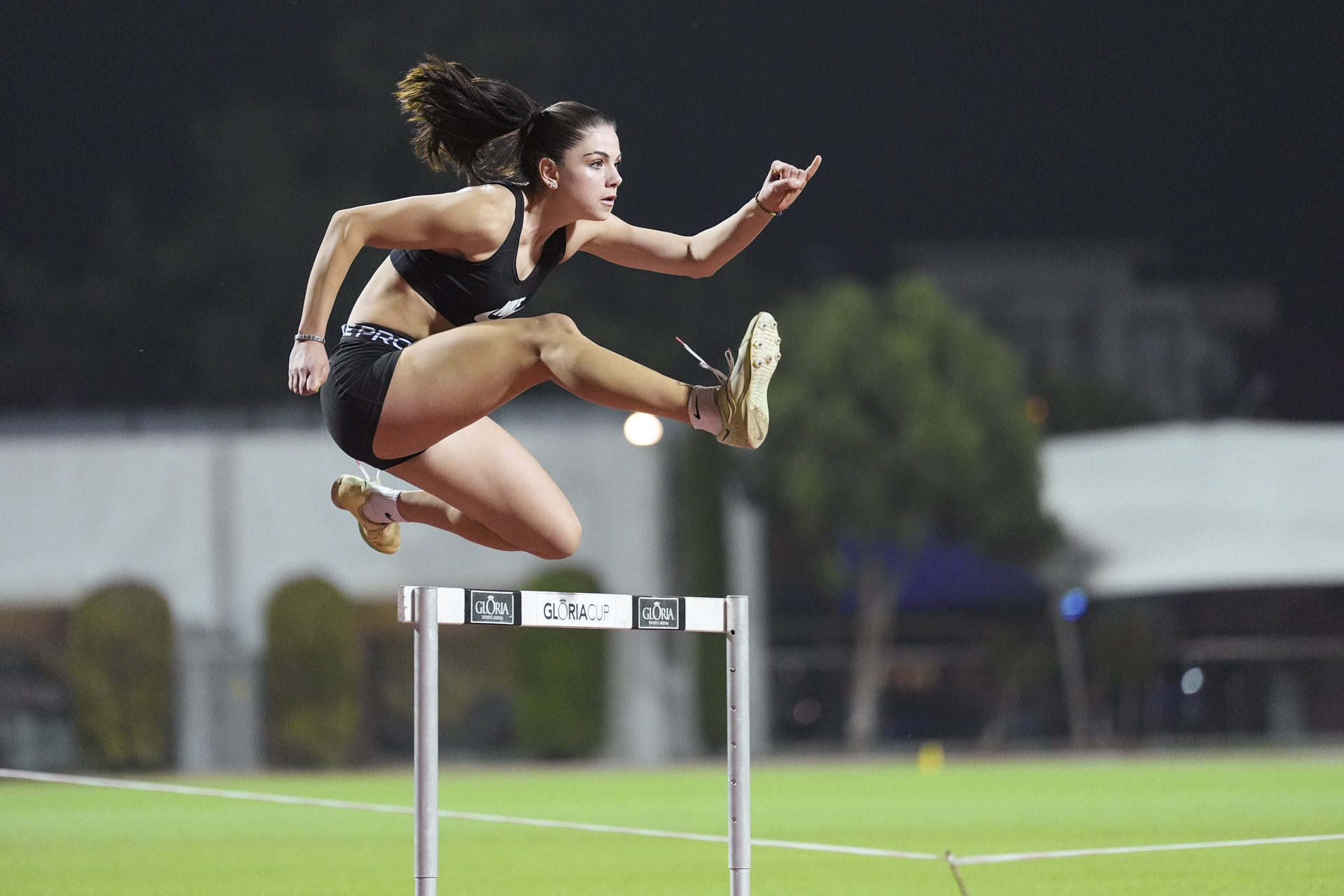The Sony A9 III’s lightning-fast global shutter comes with an image quality trade-off
According to the first studio tests by DPReview

When Sony announced the A9 III in November, its new kind of sensor with a 'global shutter' and industry-leading performance hit the headlines. This full-frame mirrorless camera for pro wildlife and sports photography promises distortion-free 120fps burst shooting at full quality in raw and JPEG with continuous 759-point autofocus, as well as super-fast flash sync speeds. The mind boggled.
Sony was again pushing the boundaries in what was the biggest camera hardware innovation of 2023, in what could be one of the best professional cameras ever that's destined for life in the press pits at the world's biggest sporting events. Yet as the dust settled and the camera's specification was scrutinized, a burning question arose – what about image quality?
I attended the product launch back in November and had a brief A9 III hands-on with a pre-production version, shooting a number of action scenes of professional athletes on the track doing hurdles and long jump, plus a sweaty indoor training facility for boxers. My first impressions were highly positive, but it wasn't nearly enough time to know for sure how the flagship camera fairs for real.
Ahead of TechRadar's own in-depth testing, DPReview just published its first studio test findings from a full-production A9 III. Spoiler alert – it does appear there's an image quality trade-off in getting the A9 III's unprecedented speed.
Sorry Sony, DPReview disagrees

The new kind of sensor – for a mirrorless camera at least – reads all the sensor's pixels simultaneously and eliminates the 'rolling shutter' distortion in photos and video that you can get with the electronic sensors used to enable top performance in most other cameras. Whether you're shooting fast subjects or tracking high-speed action, there's no unsightly distortion in your photos and videos.
On paper, the A9 III is a dream camera for pro sports and wildlife photographers. However, its sensor has a more complex design and a reduced capacity for light that can have an adverse impact on image quality, namely dynamic range and ISO performance. These are drawbacks that Sony says it has addressed, but DPReview's A9 III findings appear to say otherwise.
The A9 III has a base ISO of 250, whereas its predecessor, the A9 II's, is ISO 100, hence the older A9 II's maximum dynamic range is better, as well as rivals like the Nikon Z9. However, people aren't buying the A9 III to shoot highly detailed landscape photos at low ISOs, they're in it for speed, and for speed you need high ISOs.
Sign up for breaking news, reviews, opinion, top tech deals, and more.

DPReview's comparison tests are favorable for the A9 III at its base ISO 250, holding its own against the A9 II and Nikon Z9 in like-for-like images. However, it's when you increase ISO – for example to ISO 6400 necessary for shooting in low light or for the extra fast shutter speeds the A9 III has, up to 1/80,000 sec – that noise becomes more evident in the A9 III than full-frame rivals.
DPReview says that the difference is around 1EV, akin to the typical difference between full-frame and APS-C cameras. Put simply, there's more noise (grain) in the A9 III images at ISO 6400 and higher that affects detail and dynamic range than a camera like the Z9.
Describing the high ISO performance of the full-frame A9 III as 'APS-C-like' is a bit of a kick in the shin, and puts a dampener on the new flagship especially for those inevitably shooting under arena floodlights as main events run into the night.
Will the A9 III reign supreme?

We can't totally read into the numbers that will be published about the A9 III. With a base ISO 250, its dynamic range won't compare favorably to rivals that shoot at ISO 100. And if you're shooting in the sweet spot of the A9 III which looks to be somewhere between ISO 250 - 3200, it'll largely compare well.
I suspect there's a quorum of pro photographers that shoot a lot in low light who will want to see more of the A9 III before committing to it as their tool for when it matters the most – under the giddy lights of the biggest global sporting events like the Paris 2024 Olympic Games.
We need to remember what's most important though; the absolute best image quality, or the peace of mind knowing you won't get any ugly distortion in your photos and videos of high speed action (and in a camera that also has unique features, like flash sync at any shutter speed). A small compromise on image quality that can be improved by the sophisticated noise reduction tools in the best AI photo editors, seems like a sacrifice worth making to gain the unmatched speed of the A9 III.
We'll be sure to share our own in-depth tests once we have completed them, so do look out for those.
You might also like

Tim is the Cameras editor at TechRadar. He has enjoyed more than 15 years in the photo video industry with most of those in the world of tech journalism. During his time as Deputy Technical Editor with Amateur Photographer, as a freelancer and consequently editor at Tech Radar, Tim has developed a deeply technical knowledge and practical experience with cameras, educating others through news, reviews and features. He’s also worked in video production for Studio 44 with clients including Canon, and volunteers his spare time to consult a non-profit, diverse stories team based in Nairobi. Tim is curious, a keen creative, avid footballer and runner, and moderate flat white drinker who has lived in Kenya and believes we have much to enjoy and learn from each other.